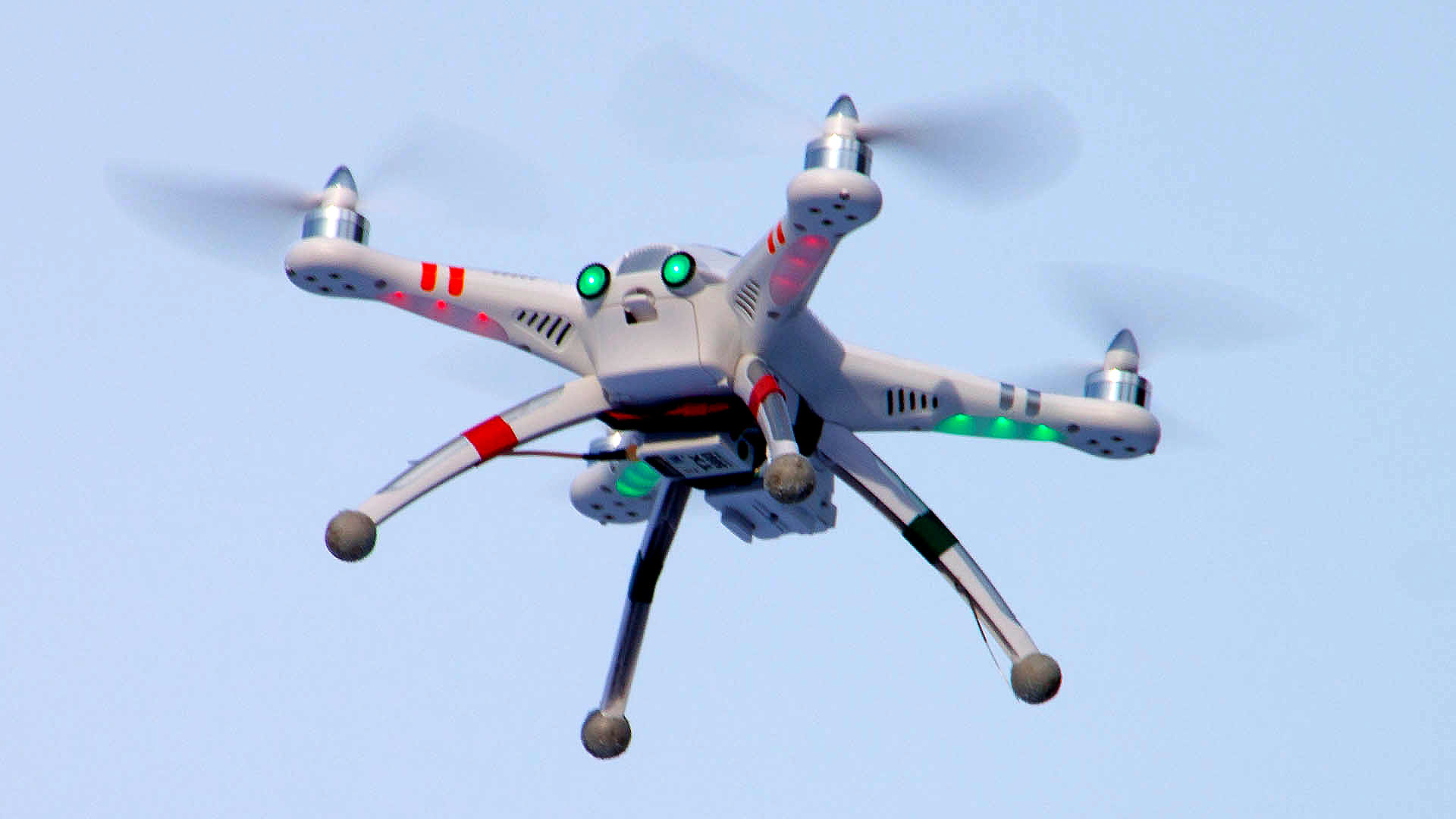| Online: | |
| Visits: | |
| Stories: |

| Story Views | |
| Now: | |
| Last Hour: | |
| Last 24 Hours: | |
| Total: | |
Freedom Of Speech: FAA Trying To Curtail Quadcopter Videography–Could The FAA Ban Quadcopters?? (pICTURES, vIDEO)

The FAA’s ability to enforce civil penalties against safe flyers of UAV craft has not yet been tested in court, but don’t take this to mean that flying drones commercially is without risks: even in cases where the FAA isn’t assessing fines, handling the legal side of an FAA investigation can be a long, drawn-out process that can cost you lots in attorney’s fees.
With the advances in unmanned remote controlled craft over the past couple years, a massive industry of new photographers has sprung up. Even with a strongly stated position from the FAA that commercial flying is against Federal Aviation Regulations (FARs), there are many businesses in the US that continue to use drones for photography. Some do this knowing that there is risk, while some eschew the risk, taking the approach that safe flight is not within the realm of enforcement of the FAA for remote control model aircraft.
Even if the FAA has no power to enact penalties for a particular operation, that doesn’t mean that the flight is risk free, from a business perspective. In the ongoing case of “Michael Huerta, Administrator, Federal Aviation Administration v. Skypan International Inc.”, the FAA is pursuing Skypan for failing to meet the terms of a subpoena (original petition, exhibits). Unlike in any other case that has been publicized, however, this case is one where the FAA has no evidence that the flight was in any way unsafe, other than it took place inside New York City’s Class B airspace (approximately 5 miles from LaGuardia airport).
Over the past year, Skypan International has filed more than a half dozen motions related to responding to this subpoena, regularly producing documents that they feel are meeting the FAA’s demands, and being repeatedly called to task by the FAA for failure to meet with the demands of the subpoena. In the latest bout, the FAA claims that Skypan International has failed to the extent that they are in contempt of court for their failure to produce documents associated with the subpoena. Overall, more than a year has passed, with presumably dozens or possibly even hundreds of hours of legal time spent both on complying with, and responding to requests from, the subpoena from the FAA, from an organization which felt it was cooperating with the FAA! MOREHERE
One quadcopter enthusiast is angry at the nomenclature, which has people confused with hobbyist quadcopters and military dorones:
I am fed up with the liberal biased media (and the conservative ones too) in this country. Freedom of speech was created to give all of us an equal voice, and that’s not what it is happening. The people with the most money have the loudest voice. To me that is the very thing that this country was trying to escape from when being founded.
To the average person in America (your local scientifically illiterate idiot) when he/she hears the word “drone” on TV freaks out thinking that an average guy like you or me has that technology available to them over the counter.
Your military style drone is far different than the ones we use for pleasure, and I don’t like it being lumped into the same category because it just all adds up to bad press. The media can’t even get a single story correct, wth do they know.
I think our models should not be called drones anymore. The liberals change words all the time to shift the image that the word produces when said. Let’s do it too. It’s Aerial Photography, which is a hobby. MOREHERE
Now what about those poor icefishermen who are jonesing for a 6 pack of their favorite brrewsky. According to the FAA THEY ARE sol IF THEY WANT A DRONE TO DELIVER A SIXPACK TO THEIR FISHING SHACK;
Ice fishermen on Lake Waconia in Minnesota were pleasantly surprised when a Wisconsin brewery, Lakemaid, flew a twelve-pack of their frothy suds over the icy wastes to their warm fishing cabins using a hefty, remote-controlled quadcopter. It was a match made in zero-degree weather: the brewery took orders and flew their drones out to the fishermen who, in turn, didn’t have to trudge to the shore for liquid refreshment. The FAA, however, didn’t find the arrangement so appealing.
According to FAA rules, you cannot fly a drone for commercial purposes or above 400 feet in the United States. Therefore a robot flying a sixer over to some thirsty pescatarians is right out. One phone call from the FAA shut down the entire operation and, in turn, set off an Internet firestorm. But the company, whose logo is a fulsome lake maiden with a slippery tail, will not be grounded for long. MOREHERE



